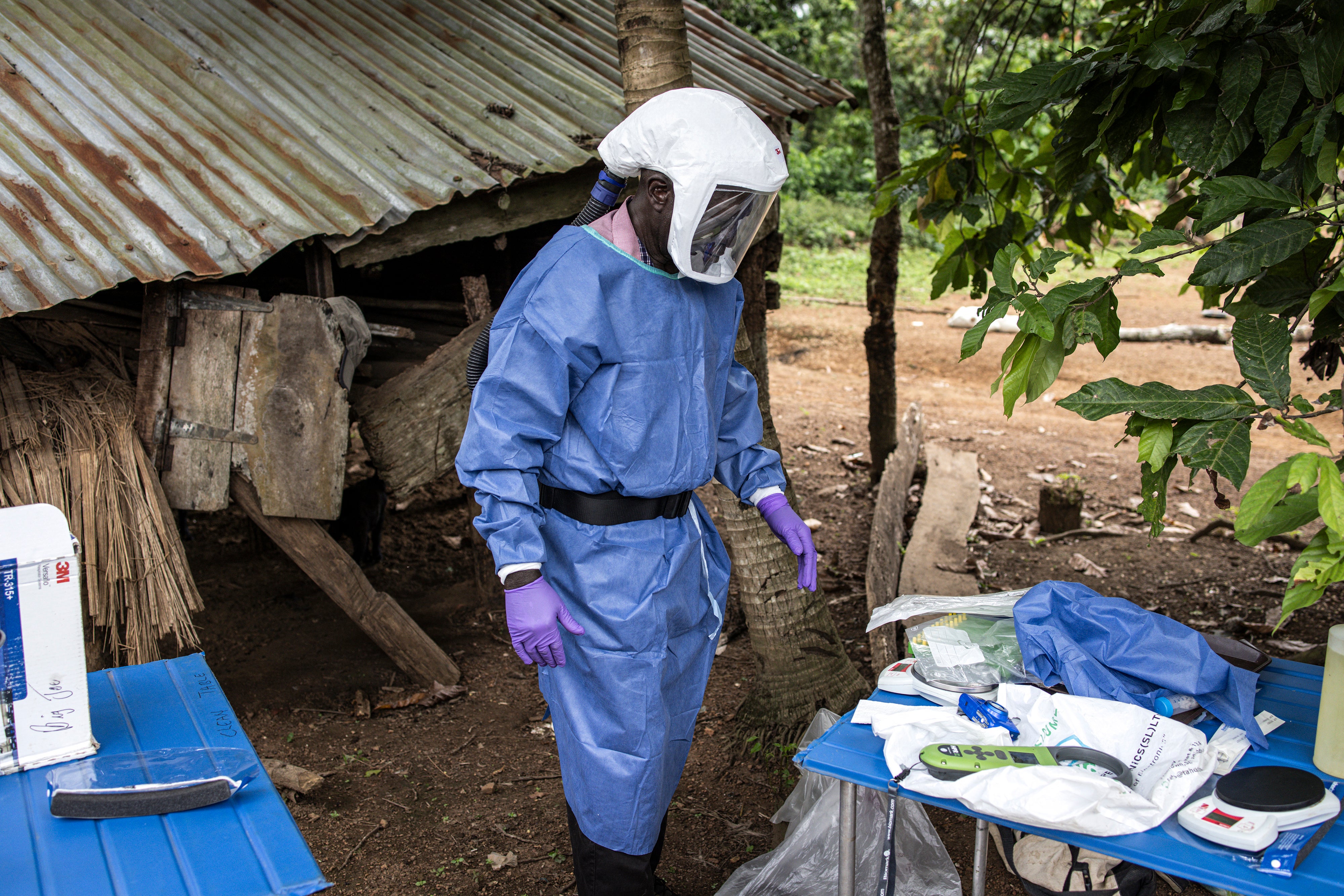An Iowa resident has died from rare Lassa fever. What to know about the virus
The virus is normally carried by infected rodents and spread to humans through contact with urine or droppings

Your support helps us to tell the story
From reproductive rights to climate change to Big Tech, The Independent is on the ground when the story is developing. Whether it's investigating the financials of Elon Musk's pro-Trump PAC or producing our latest documentary, 'The A Word', which shines a light on the American women fighting for reproductive rights, we know how important it is to parse out the facts from the messaging.
At such a critical moment in US history, we need reporters on the ground. Your donation allows us to keep sending journalists to speak to both sides of the story.
The Independent is trusted by Americans across the entire political spectrum. And unlike many other quality news outlets, we choose not to lock Americans out of our reporting and analysis with paywalls. We believe quality journalism should be available to everyone, paid for by those who can afford it.
Your support makes all the difference.The Centers for Disease Control and Prevention are investigating the death of an Iowa resident believed to have contracted Lassa fever following a recent trip to West Africa.
The patient was hospitalized in isolation at the University of Iowa Health Care Medical Center, where they died Monday afternoon, the agency revealed. The victim, who state officials identified as “middle-aged,” was not ill while traveling, and the risk to other airline passengers was extremely low.
Preliminary information showed the patient may have had contact with rodents while on their trip. The virus is typically carried by infected rodents and spread to humans through contact with urine or droppings.
“This is a difficult time for the family of this individual and I want to express our deepest condolences,” said Dr Robert Kruse, State Medical Director of the Iowa Department of Health and Human Services.
“I want to assure Iowans that the risk of transmission is incredibly low in our state. We continue to investigate and monitor this situation and are implementing the necessary public health protocols.”
The illness is a viral disease common in West Africa but not commonly seen in the US.
In rare cases, it can be transmitted from person to person through direct contact with a sick person’s blood, body fluids, mucous membranes or sexual contact, per the CDC. The virus cannot be spread through casual contact and patients are not infectious before showing symptoms, which can include fever, general weakness and malaise, according to the World Health Organization.

After a few days, a sufferer might develop a headache, sore throat, muscle pain, chest pain, nausea, vomiting, diarrhea, cough and abdominal pain. In serious cases, the patient might start showing signs of facial swelling, fluid in the lung cavity, bleeding from the mouth, nose, vagina or gastrointestinal tract, and low blood pressure may develop.
Shock, seizures, tremors, disorientation and a coma may follow. In 25 percent of cases, deafness can occur but usually returns partially after one to three months. In fatal cases, patients normally die within 14 days.
Between 100,000 to 300,000 cases of Lassa fever are diagnosed per annum. Roughly 5,000 deaths related to the virus occur every year. Approximately, 80 percent of people that contract the illness have mild or no symptoms.
If the CDC confirms the diagnosis, it would only be the ninth time a traveler returning to the US has fallen ill from the virus since 1969. People who have had close contact with the patient will be monitored for 21 days.
The agency considers the virus a “category a” disease, meaning it can result in high mortality rates and cause public panic and social disruption. Anthrax, botulism, plague and smallpox are on the same list.
The agency intends to release additional information as the investigation remains ongoing.
Join our commenting forum
Join thought-provoking conversations, follow other Independent readers and see their replies
Comments